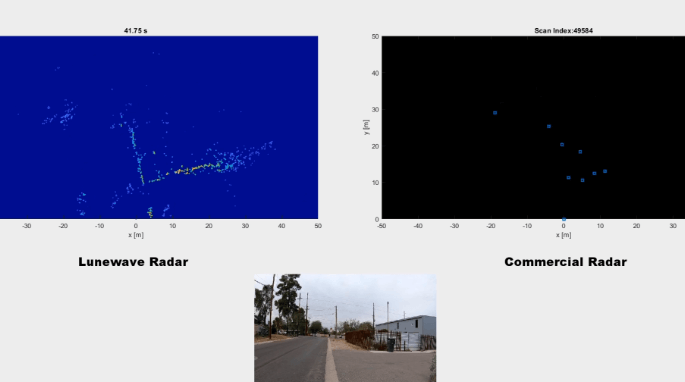
Developing a high performance, high value radar sensor system for autonomous vehicle applications.
To help people live a safer life, every global automotive company has been working to improve the vehicle’s Advanced Driver-Assistance Systems (ADAS) features with a path towards full autonomy. Today, cars rely on various sensor modalities to see the world around them. However, there are many challenges facing today’s sensors across performance, reliability and cost-efficiency.
During adverse weather conditions, performance from light-spectrum based sensors struggles with detection range and accuracy. While radar works well in poor weather conditions, the current automotive radar sensors cannot see enough in detail poor angular resolution and has a very limited field of view. As a result, automakers must install at least 12 – 16 radar sensors around the vehicle to address the needs of ADAS and AV.

This is where Lunewave comes in. Through the use of a 3D printed Luneburg lens, our team has found a solution to overcome the shortcomings of traditional radar sensors. The result is a high-performance imaging radar system that delivers consistent performance across a wide field of view in both horizontal and vertical planes. With only 2 or 4 Lunewave enabled radar sensors, automakers can replace its current radar sensor suite. In addition to the unprecedented technical performance of the radar, this brings significant benefits and value to these customers through a reduction in cost, simplified mechanical/mounting architecture, reduced data fusion complexity.
Visit Lunewave.com